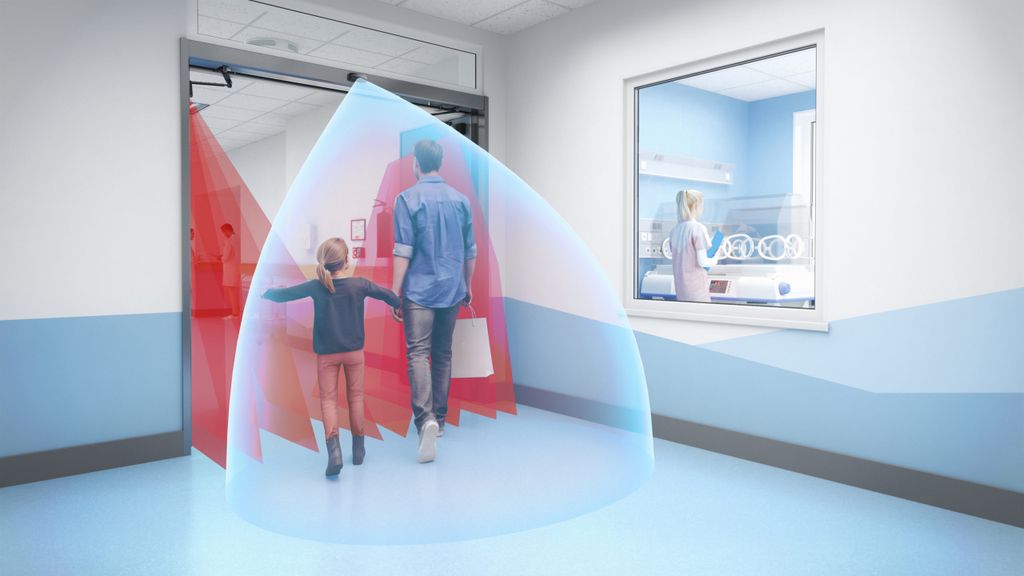Pedestrian Entrance Sensors
Swinging Doors are used in pedestrian and industrial settings including healthcare, retail, educational and corporate facilities. BEA’s automatic swing door sensors are used to activate and provide safety on these doors, and also help meet the applicable ANSI 156.10 standards. Swing Doors, when paired with BEA sensors, can be customized to fit a variety of full-energy and low-energy applications.
Click the button below to download the ANSI 156.10 2017 Automatic Door Sensor Requirements
ANSI Automatic Door Sensor Requirements

Presence Detection for Full Energy Swing Door Safety
Swing Door safety sensors are designed to protect pedestrians throughout a complete door cycle. These sensors can be mounted overhead or on the door and utilize various technologies to create the most complete coverage area. Our sensors are designed to meet and exceed the strict standards that govern Swing Door safety.
-
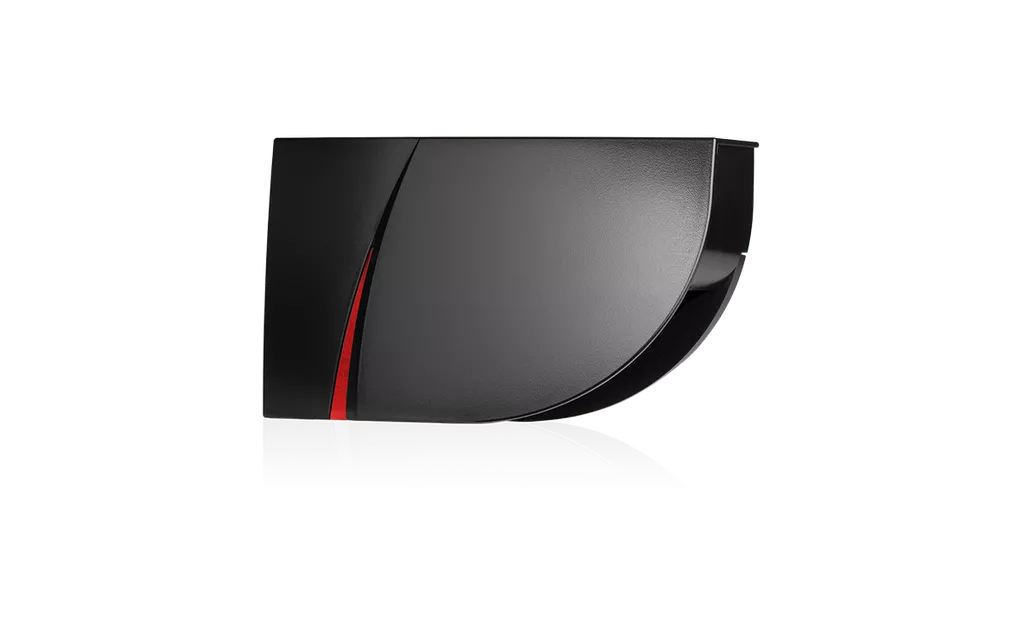 LZR-FLATSCAN 3D SWLearn more
LZR-FLATSCAN 3D SWLearn more -
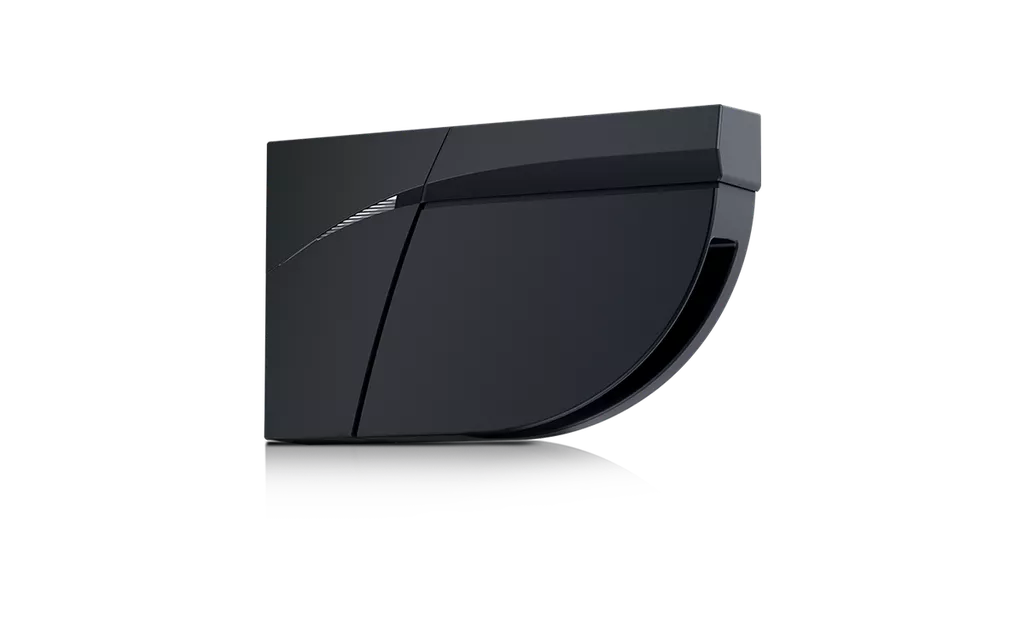 LZR-FLATSCAN SWLearn more
LZR-FLATSCAN SWLearn more -
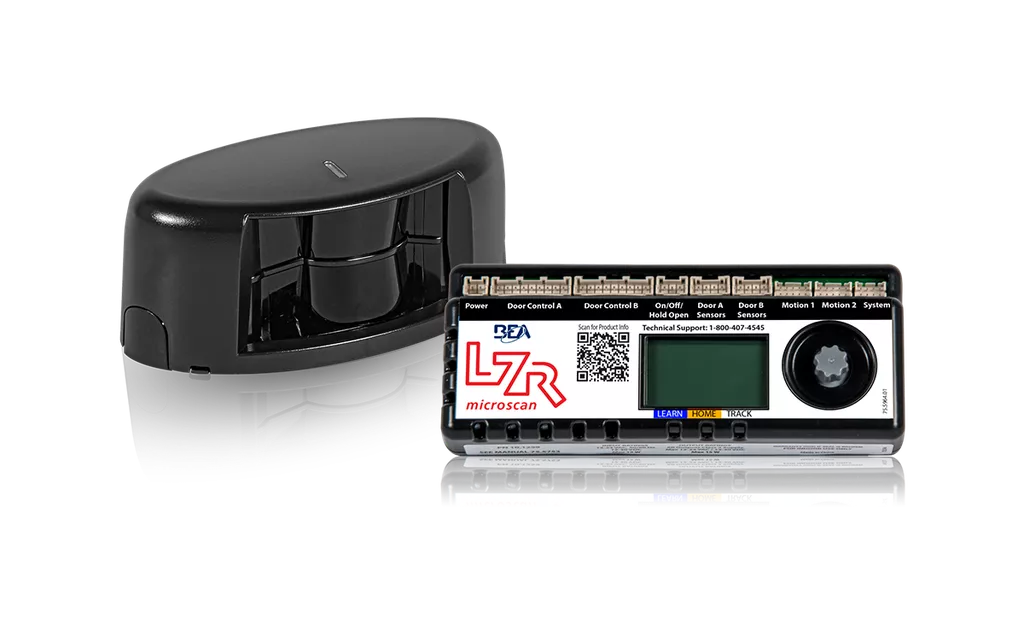 LZR-MICROSCAN TLearn more
LZR-MICROSCAN TLearn more
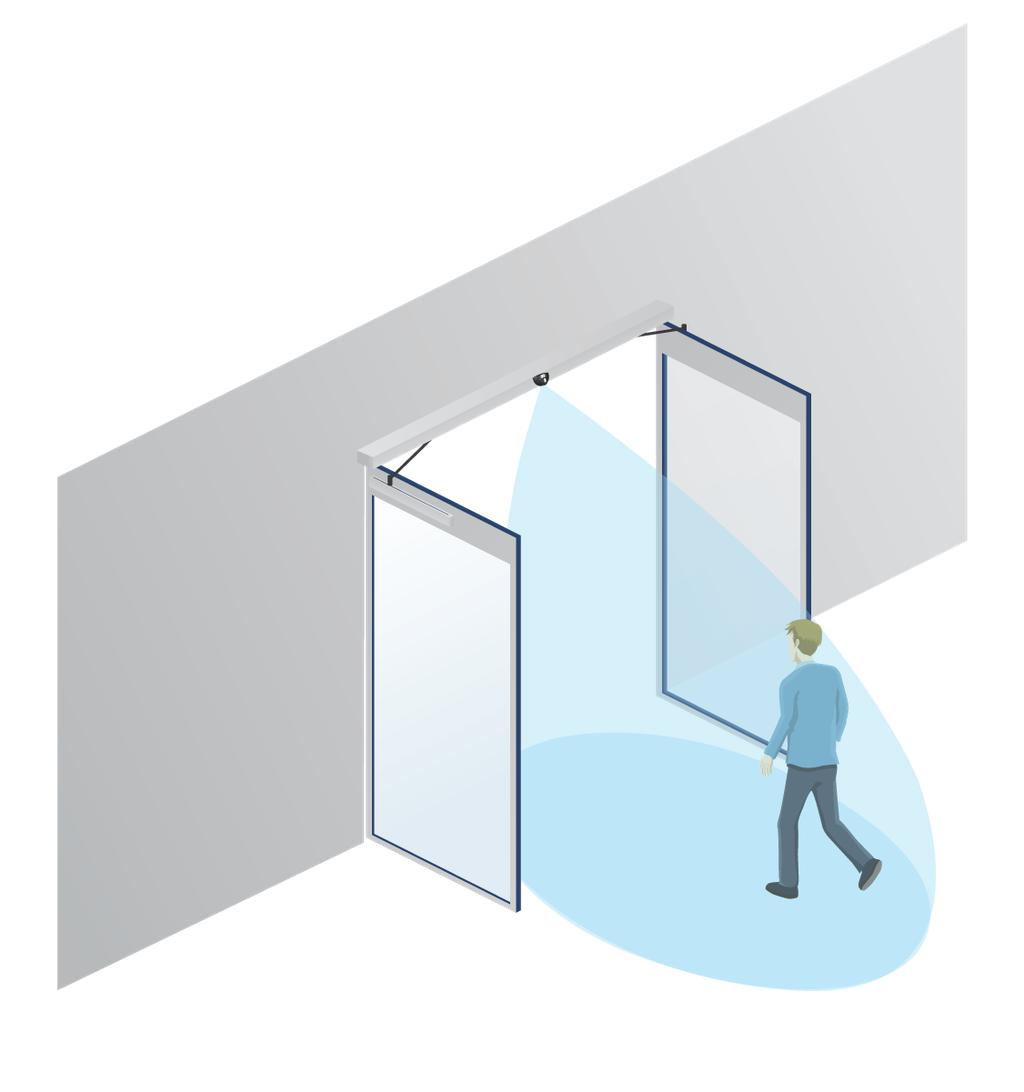
Motion Detection Used for Swing Door Activation
Overhead Swing Door activation is easily achieved with motion sensors using microwave technology. These sensors ensure reliable activation and their unidirectional settings increase energy efficiency by limiting activation to approaching traffic only.
-
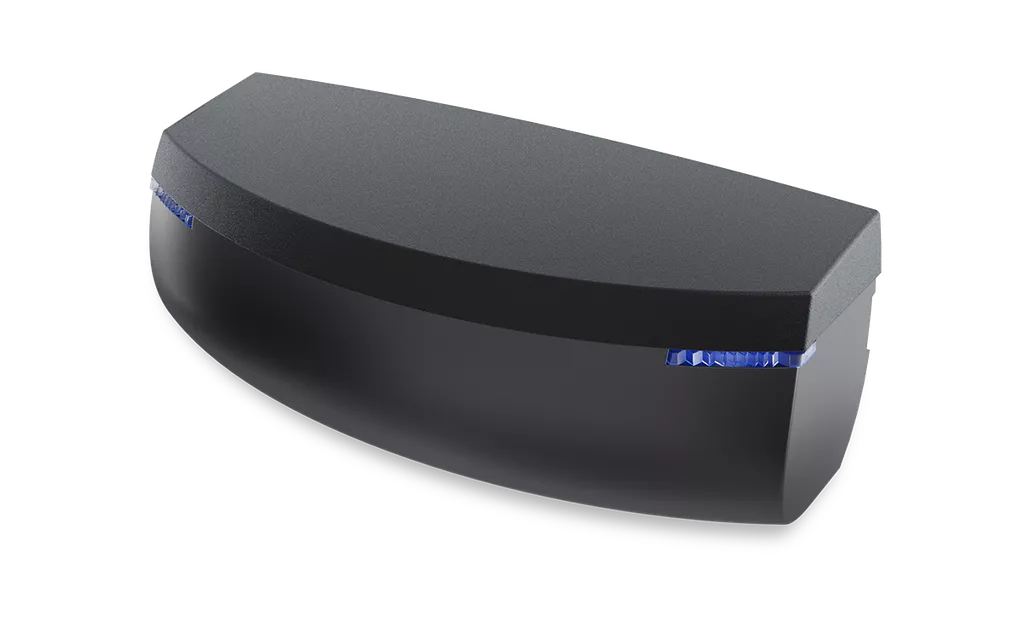 EAGLE ARTEKnewLearn more
EAGLE ARTEKnewLearn more
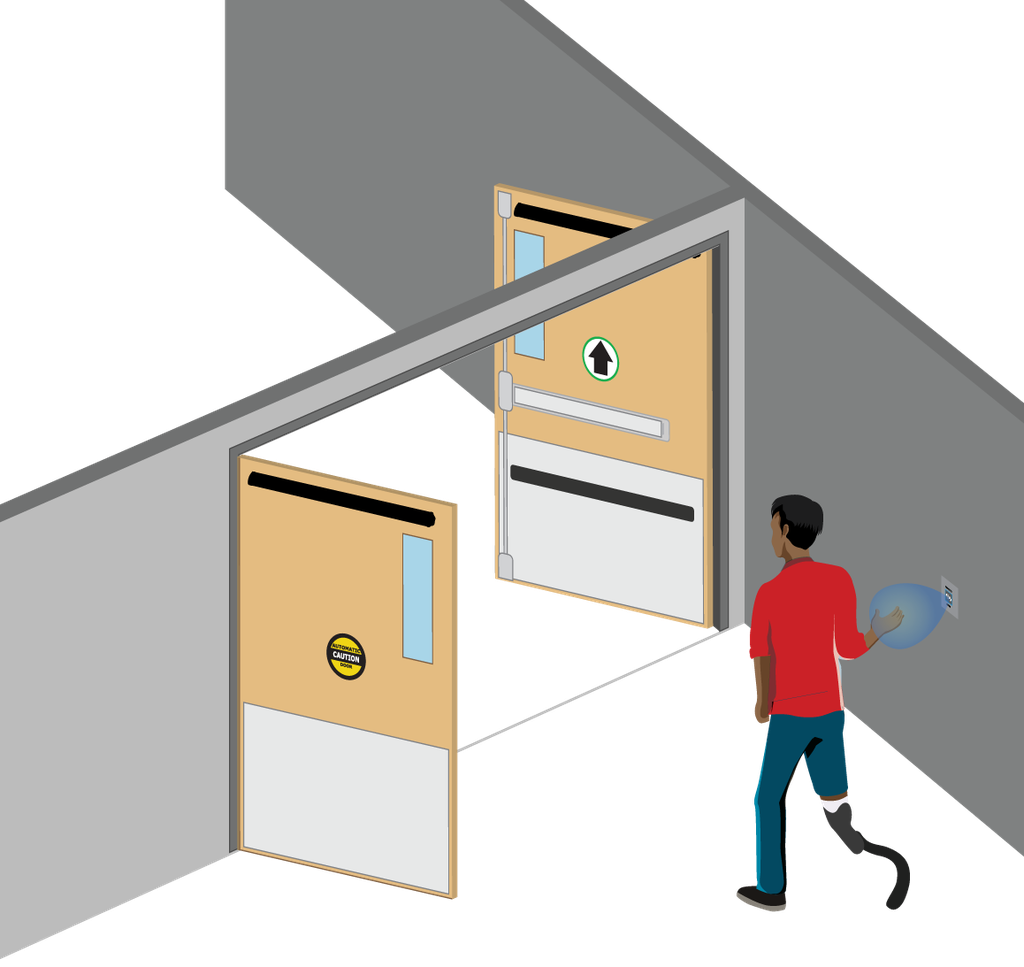
Touchless Activation for Swinging Doors
Touchless actuators increase accessibility and help meet building codes and standards associated with automatic pedestrian swinging doors. They also help reduce the spread of germs and bacteria in facilities such as hospitals.
-
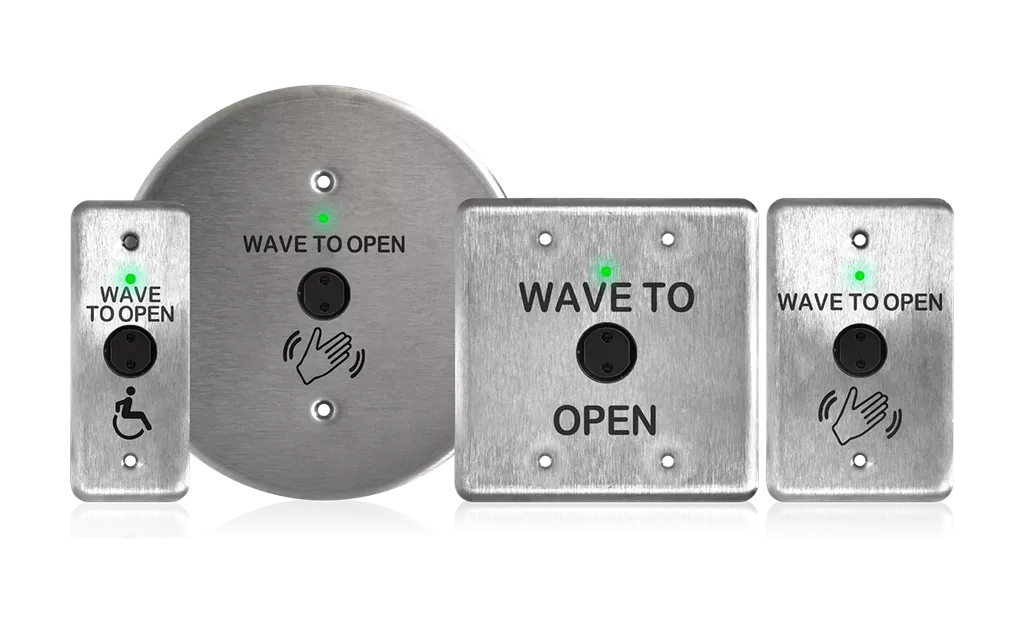 MS51Learn more
MS51Learn more -
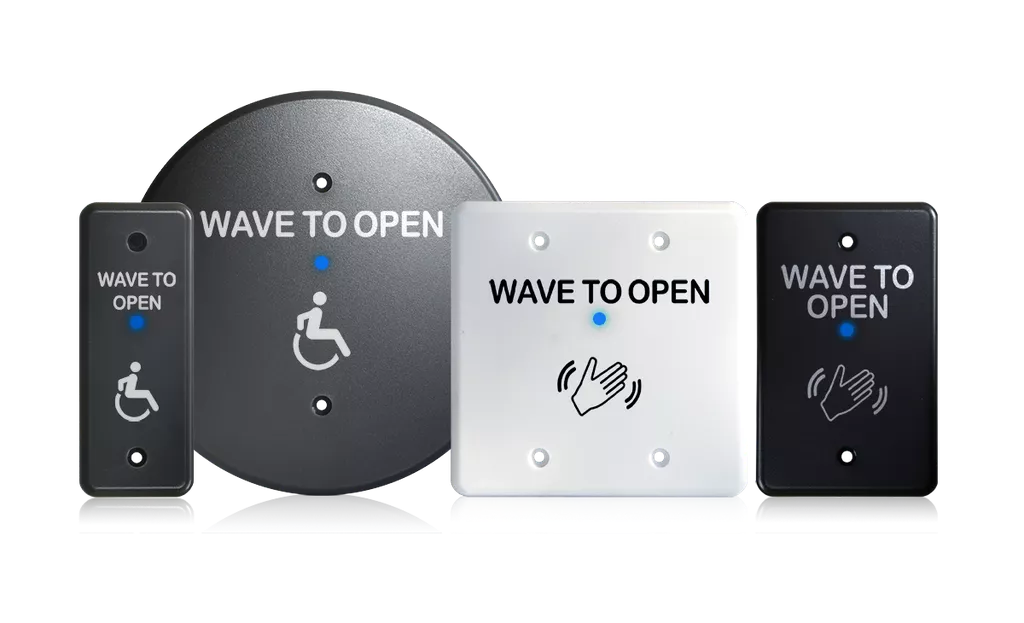 MS31Learn more
MS31Learn more -
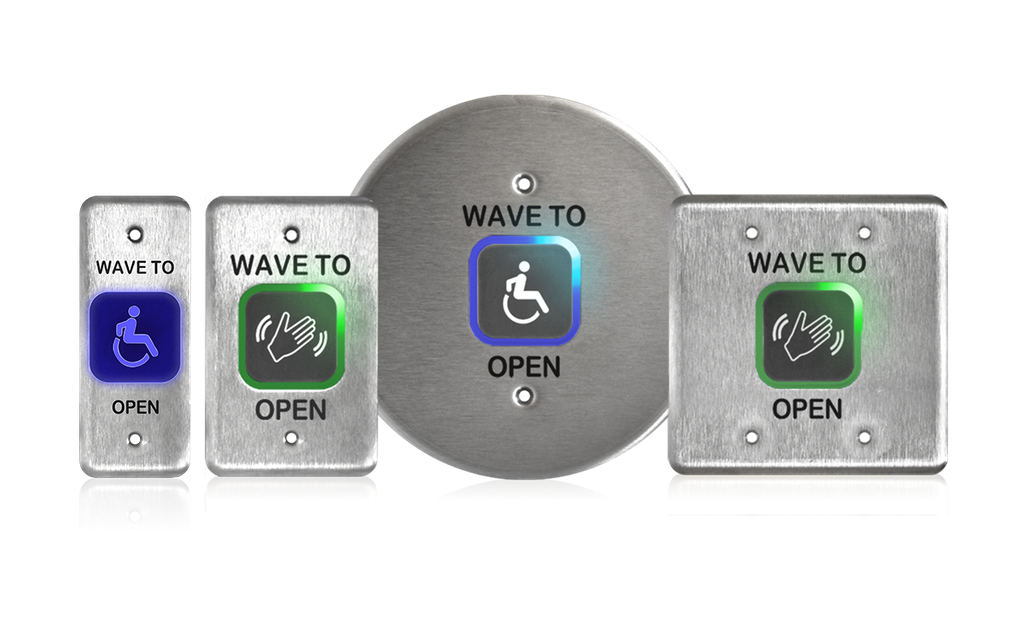 MS41Learn more
MS41Learn more
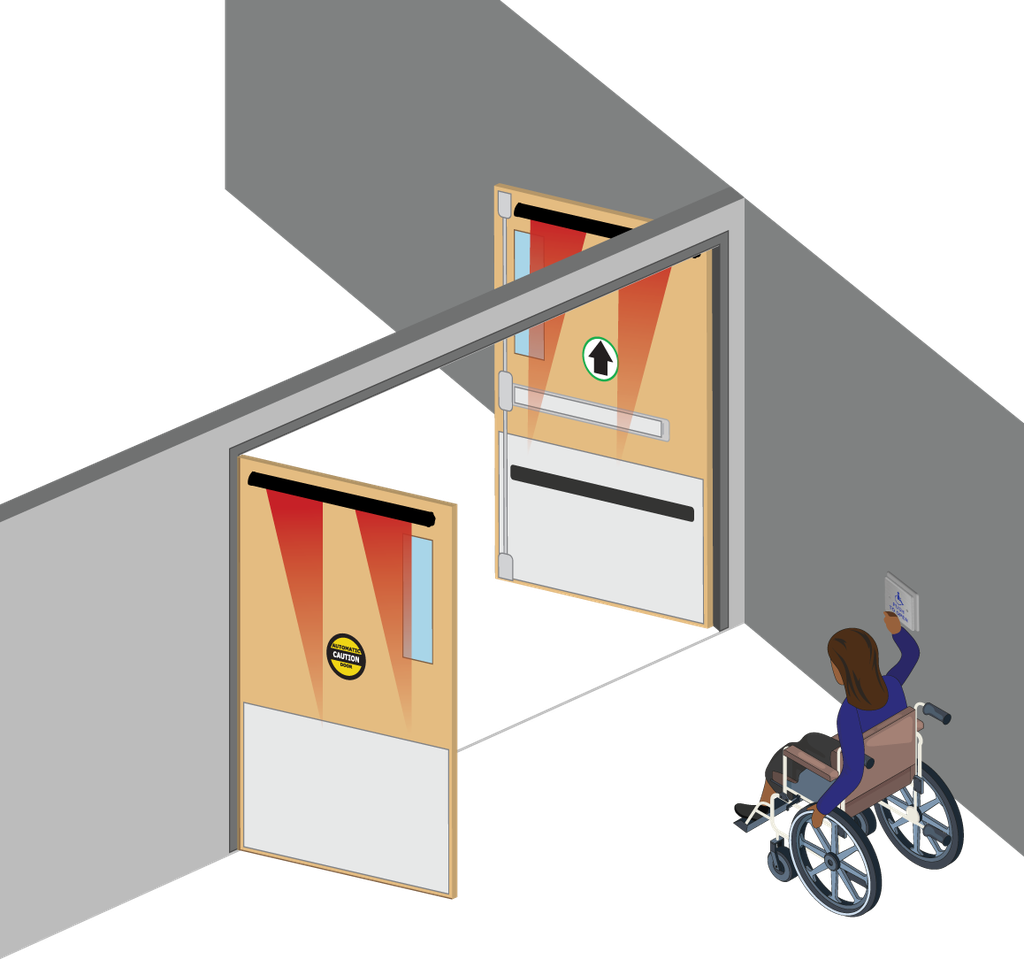
Push Plate Activation for Swinging Doors
Push plates are industry proven activation solutions for automatic doors. These highly durable, stainless steel devices are available in a variety of shapes, sizes and graphical options. Push plates help meet ADA compliance and maximize accessibility.
-
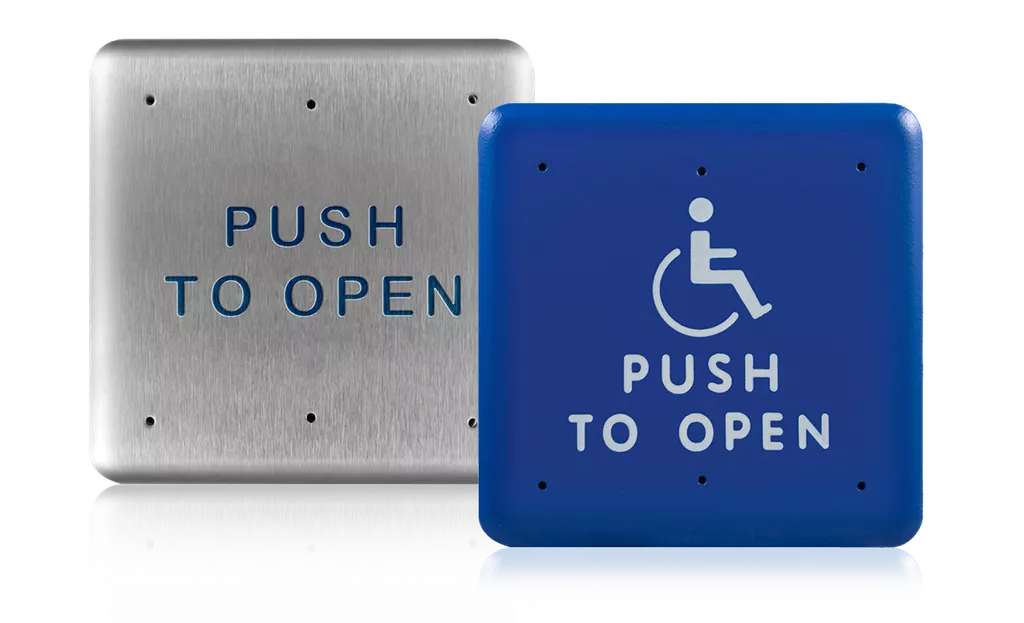 4.75 INCH SQUARE PUSH PLATESLearn more
4.75 INCH SQUARE PUSH PLATESLearn more -
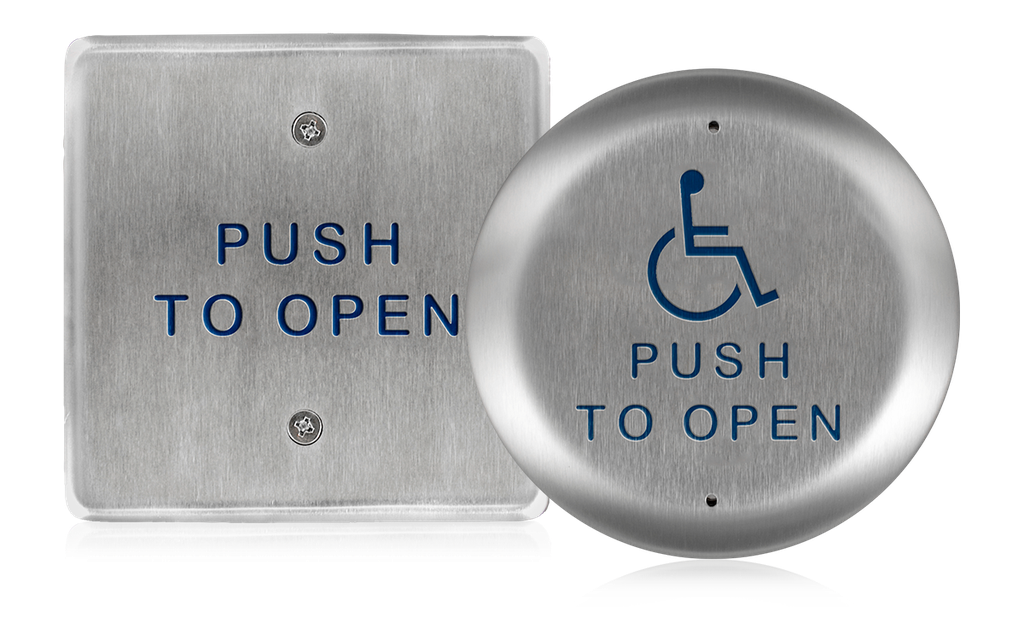 4.5 INCH ROUND & SQUARE PUSH PLATESLearn more
4.5 INCH ROUND & SQUARE PUSH PLATESLearn more -
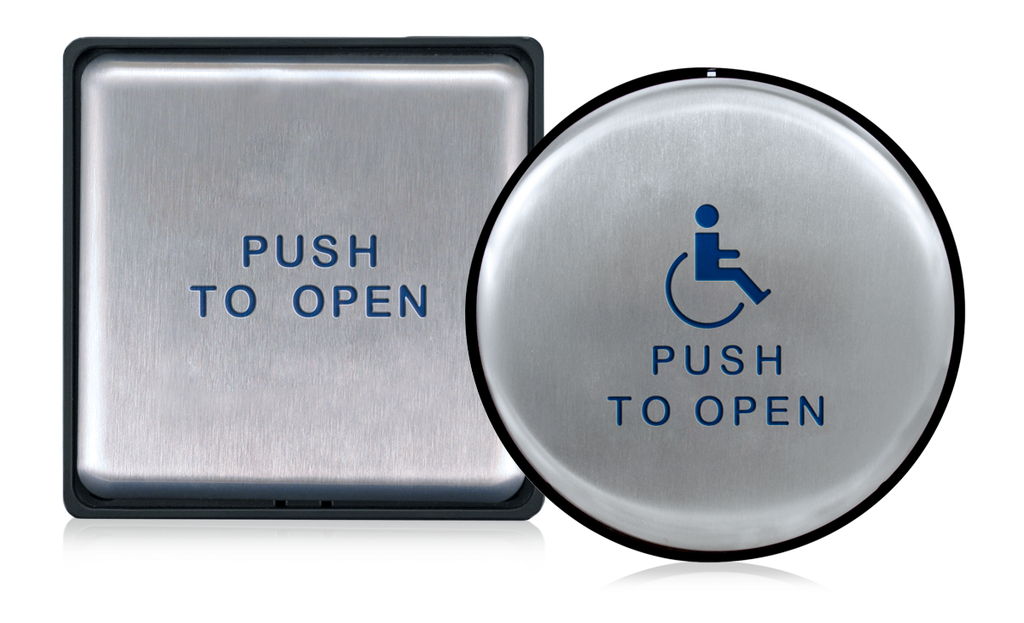 PANTHER FAMILYLearn more
PANTHER FAMILYLearn more
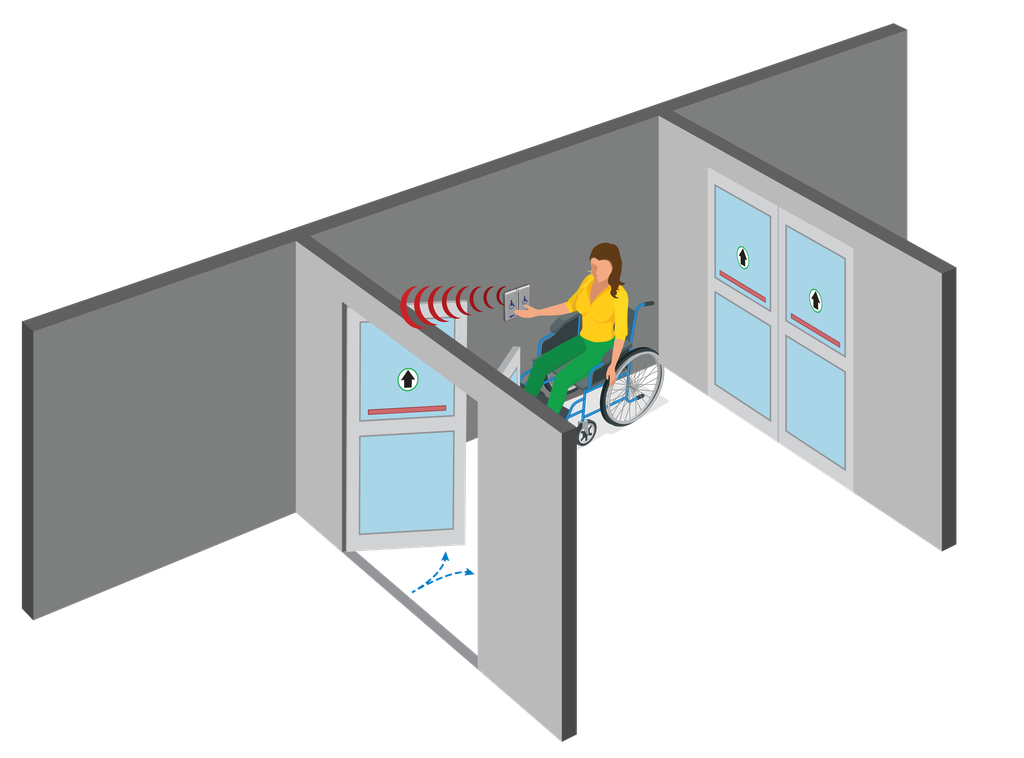
Wireless Activation for Swinging Doors
Wireless activation devices help to enhance accessibility and allow for reduced installation time. Handheld transmitters are available for a convenience method of on-demand activation.
-
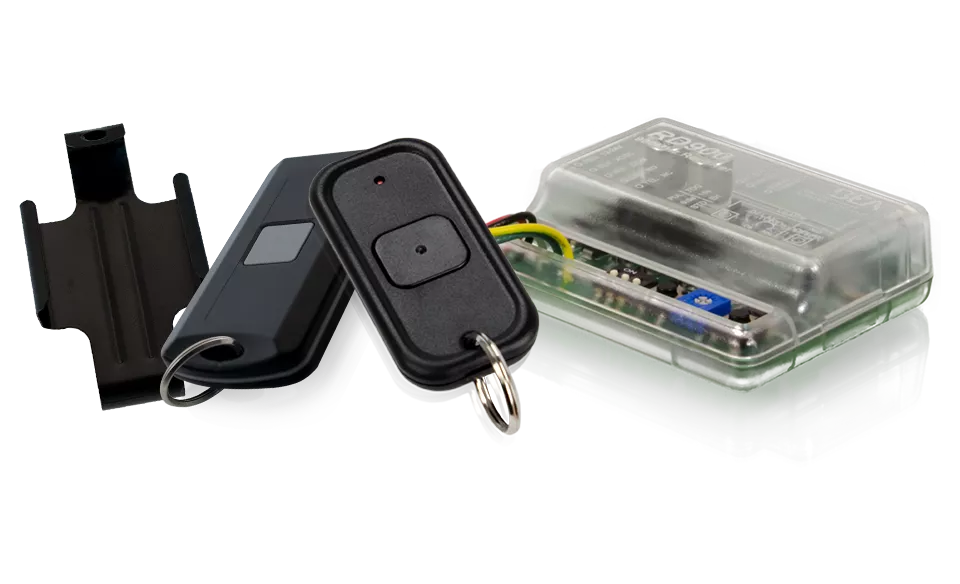 900 MHZ Wireless FamilyLearn more
900 MHZ Wireless FamilyLearn more -
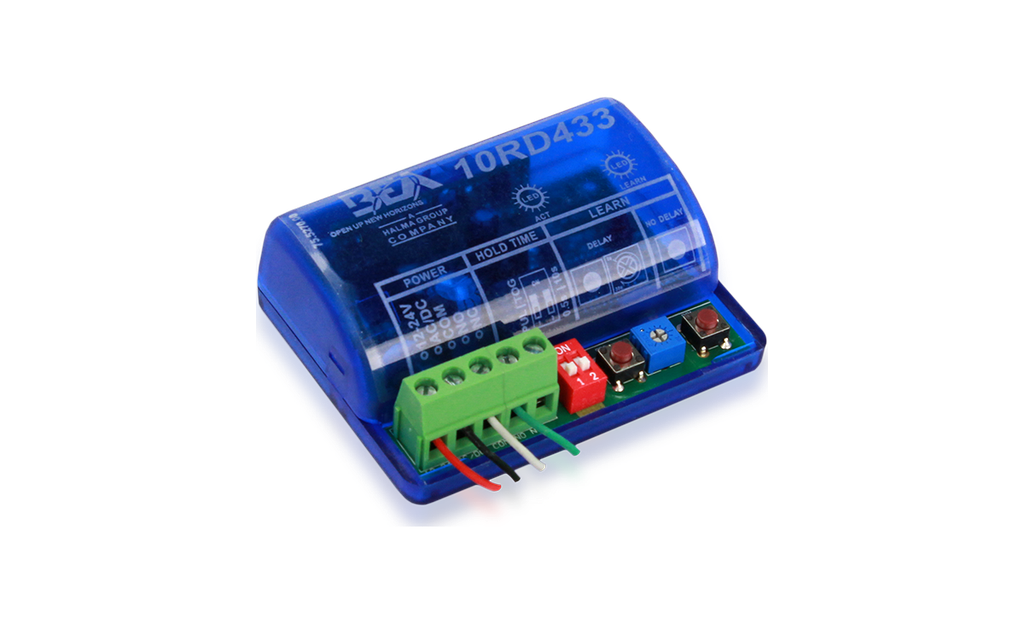 433 MHZ FAMILYLearn more
433 MHZ FAMILYLearn more -
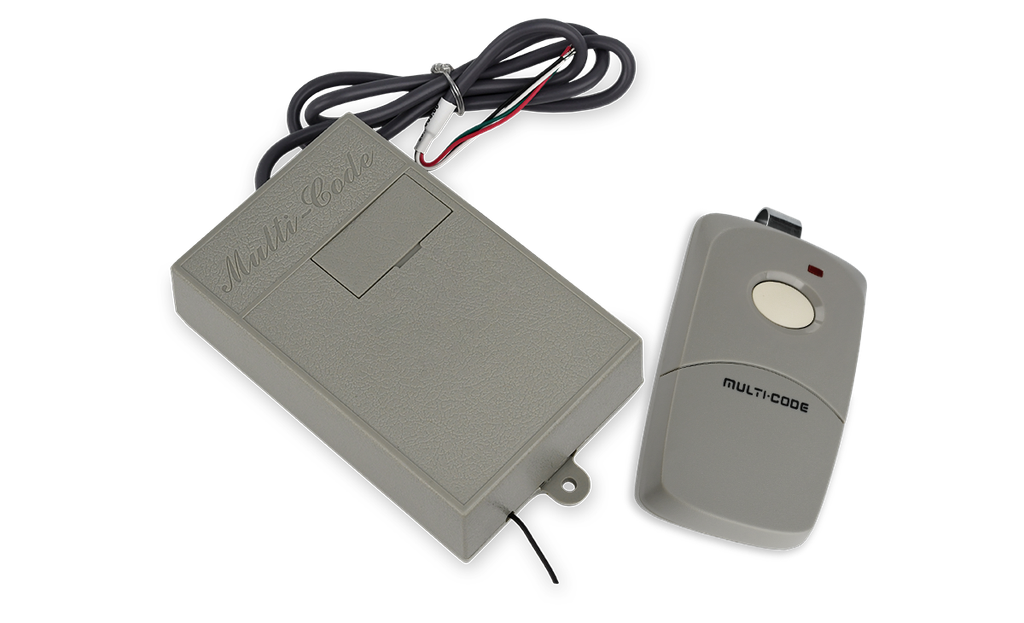 300 MHZ FAMILYLearn more
300 MHZ FAMILYLearn more
See all our segments
-
-
Doors & Windows
-
Security & Access Control
-
-
-
Doors
-
Gates & Barriers
-
-
-
Autonomous Robots
-
Traffic & Transport Solutions
-
Asset Protection
-
